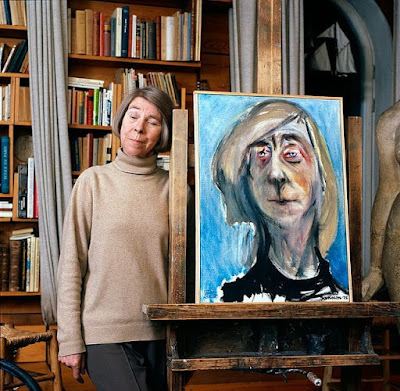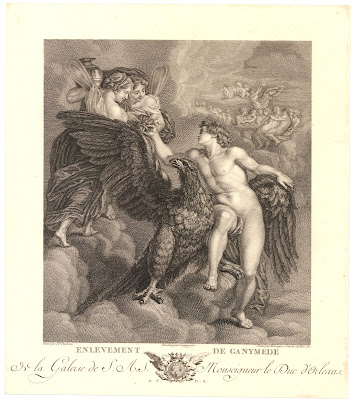giovanni benedetto castiglione, 1648 and 1650
rembrandt, 1636 and 1655
richard muller, 1942 and ???1927
shirin neshat, maybe mid-1990s
nadia waheed, contemporary
dorothy kay, 1950s
ronald searle, 1940s and the 2000s
william orpen, 1903, 1924
fedini, 2015ish
tatiana parcero
gertrud arndt
louise fenne
conrad felixmuller, 1897 to 1977
tove jansson, 1939 and 1975
francien krieg, 2020s
gesina ter borch, 1660
tintoretto, 1546-ish and 1588
cornelia hernes, 2017 and ????
hans baldung, 1505 and after
... to be continued ...

,_Wearing_a_Plumed_Cap_(_Portrait_of_Bernini_),_c._1645-1647,_NGA_164707.jpg)



















.png)














.jpg)

.jpg)











